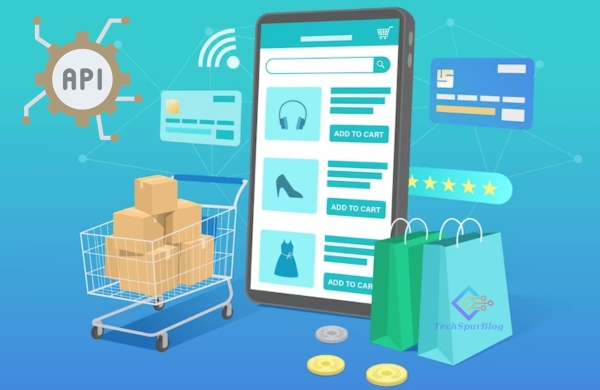
The ecommerce industry is evolving at breakneck speed. Amidst this transformative landscape, the term “headless ecommerce” has become quite the buzzword. But intertwined with the headless architecture is another critical component the API. Let’s dive deep into understanding the integral role APIs play in headless ecommerce.
Understanding the Basics – What Is an API?
API, or Application Programming Interface, is akin to a messenger that takes your request, ensures it’s processed correctly, and then delivers the response back to you. Think of it as a waiter in a restaurant, where you, the diner, are one application, the kitchen is another, and the order (or data) needs to be accurately conveyed between the two. In a digital context, APIs facilitate seamless interactions between different software applications.
Also Read: Ecommerce SEO Grows Online Businesses Faster
Why Headless Ecommerce Relies on APIs?
Headless commerce separates, or “decouples,” the front-end presentation layer from the back-end functional layer. This provides immense flexibility but also necessitates a reliable means of communication between the two. Enter APIs. Acting as the bridge, APIs ensure that the front end, whether it’s a website, mobile app, or even a smart fridge, can fetch and display relevant data from the backend databases and services.
Types of APIs Used in Headless Ecommerce
RESTful APIs
By far, the most widely adopted, RESTful APIs (Representational State Transfer) are known for their stateless nature and use of standard HTTP methods. They’re both flexible and efficient, making them a favorite for many developers.
GraphQL
An alternative to REST, GraphQL allows clients to request only the data they need, making data retrieval more efficient. Born out of Facebook, its growing acceptance is a testament to its unique strengths.
Webhooks
These allow apps to provide other applications with real-time information. Webhooks push data to the front end as soon as it becomes available, ensuring timely updates.
Benefits of Headless Ecommerce
- Seamless Integration – Ecommerce platforms often need to communicate with other systems, be it customer relationship management (CRM) tools, enterprise resource planning (ERP) systems, or marketing platforms. APIs ensure this cross-talk is seamless and efficient.
- Personalized User Experiences – Data is the lifeblood of personalization. APIs help retrieve granular data in real-time, enabling ecommerce platforms to offer highly personalized user experiences.
- Scalability – As businesses grow, so do their digital needs. APIs provide the flexibility to scale up (or down) without overhauling the entire system, ensuring businesses remain agile and responsive to market needs.
Security Considerations for Ecommerce APIs
In the realm of ecommerce, where transactions are aplenty, security is paramount. APIs, being gateways, can potentially be points of vulnerability. Some key considerations include:
- Secure Data Transfer – Always use HTTPS for data transfer to ensure encryption and data integrity.
- Authentication and Authorization – Utilize methods like API keys, JWT (JSON Web Tokens), or OAuth to verify the identity of the application or user accessing the data.
- Rate Limiting – This helps prevent any potential DDoS attacks by limiting the number of requests a user can send to an API within a given time frame.
Best Practices for Implementing and Managing APIs in Ecommerce
API Versioning
As your ecommerce platform evolves, so will your API needs. By versioning your APIs, you can introduce changes without disrupting existing integrations.
Efficient Error Handling
Ensure your API provides meaningful error messages to help developers troubleshoot and rectify issues faster.
Monitoring and Analytics
Regularly monitor API usage, response times, and error rates. This proactive approach can help pinpoint and address issues before they escalate.
Also Read: Why is Magento a Good Choice for eCommerce Website Development?
Future Outlook – The Evolution of APIs in Ecommerce
As we gaze into the future, the symbiotic relationship between APIs and ecommerce only seems to be strengthening. With the rise of IoT devices and more intricate, AI-driven personalization, the demand for efficient, flexible, and robust APIs will skyrocket. Businesses would do well to keep pace with the evolving landscape of API integrations to stay ahead of the curve.
Conclusion
APIs are, without a doubt, the unsung heroes of the headless ecommerce realm. As the digital tapestry of ecommerce grows more intricate, the foundational role of APIs becomes increasingly evident. Embracing and mastering this dynamic will pave the way for future success in the ever-evolving world of ecommerce.

Leave a Reply